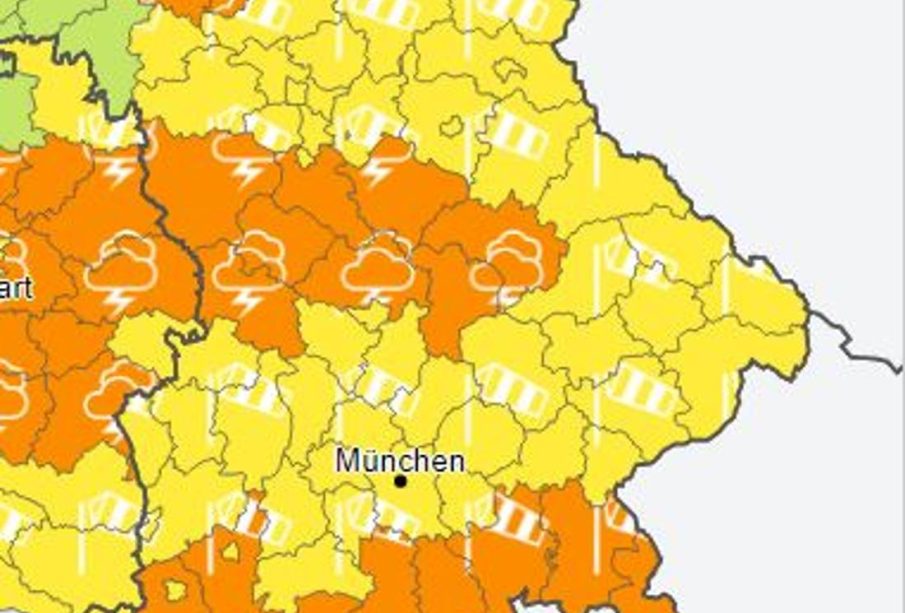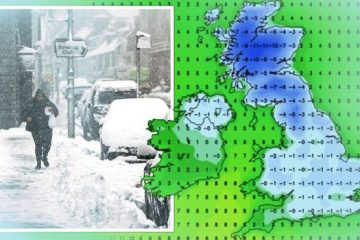The Impact of Wetter Weather on the UK in 2023

Introduction
As the UK grapples with increasingly unpredictable weather patterns, 2023 has marked a significant rise in precipitation levels across various regions. Understanding the implications of this wetter weather is essential for both the populace and policymakers. The trends observed over this year not only indicate a shift in climate behaviour but also pose challenges for infrastructure, agriculture, and daily life in the UK.
Current Weather Trends
According to the UK Met Office, average rainfall levels have surged by an estimated 20% compared to previous years, with some cities like Glasgow and Manchester experiencing particularly severe downpours. This increase in rainfall has been attributed to a combination of climate change effects and specific weather systems dominating the region. While wetter weather can replenish water supplies in reservoirs, it also raises concerns about flooding, soil erosion, and other environmental hazards.
Impact on Daily Life
The ramifications of wetter weather are evident in various aspects of life in the UK. Public transport has been severely disrupted, with increased delays and cancellations attributed to road flooding and adverse conditions. Commuters in cities like London have noted longer travel times as local flood management systems struggle to keep pace with the deluge. Moreover, outdoor events and activities have faced cancellations or disruptions, impacting the leisure and tourism sectors, particularly in the peak summer months.
Agricultural and Economic Implications
Farmers across the UK have expressed concerns over crop yields as fields become oversaturated, which can damage crops and delay planting and harvesting times. Livestock handling has also become more complicated under muddy and wet conditions, leading to higher operational costs. Economists warn that the agricultural sector might see a significant downturn if such weather continues, potentially affecting food prices and availability in the near future.
Adaptive Measures and Future Predictions
In light of these challenges, both local governments and communities are taking adaptive measures to mitigate the impacts of this wetter climate. Authorities are investing in improved drainage systems and flood defences in vulnerable areas, while farmers are exploring innovative agricultural practices to cope with wet conditions. The UK Met Office also suggests that as global temperatures continue to rise, wetter weather patterns may persist, requiring ongoing adjustments in strategy and infrastructure to manage both the immediate and long-term consequences.
Conclusion
The increased prevalence of wetter weather in the UK during 2023 illustrates the urgent need for awareness and action regarding climate-related challenges. As rainfall trends continue to evolve, their impact will shape various sectors significantly. Citizens and local authorities alike must adapt and prepare to navigate and mitigate the consequences of this changing climate now and in the years to come.








